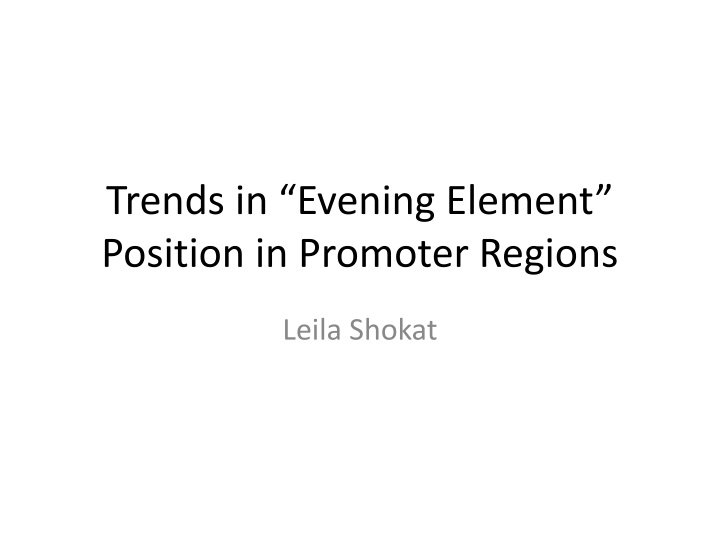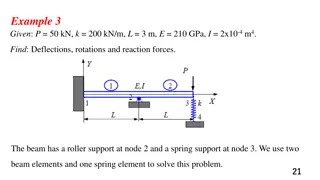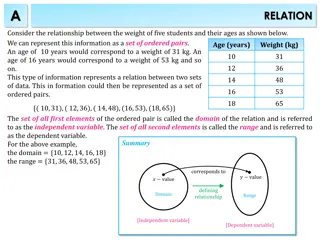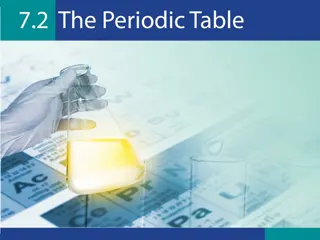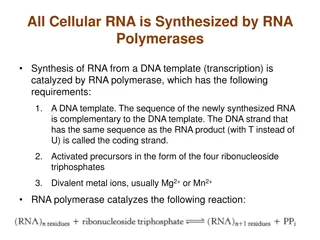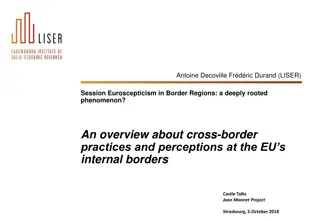Biologically Important Evening Element in Promoter Regions: Insights from Research by Leila Shokat
The research explores the significance of the Evening Element as a motif in gene promoter regions regulated by CCA1. Understanding the importance of motif positions in promoters reveals insights into gene regulation and biological relevance. The study highlights the relevance of consistent motif positions in promoter regions for regulatory element functionality in genes influenced by CCA1.
Download Presentation

Please find below an Image/Link to download the presentation.
The content on the website is provided AS IS for your information and personal use only. It may not be sold, licensed, or shared on other websites without obtaining consent from the author.If you encounter any issues during the download, it is possible that the publisher has removed the file from their server.
You are allowed to download the files provided on this website for personal or commercial use, subject to the condition that they are used lawfully. All files are the property of their respective owners.
The content on the website is provided AS IS for your information and personal use only. It may not be sold, licensed, or shared on other websites without obtaining consent from the author.
E N D
Presentation Transcript
Trends in Evening Element Position in Promoter Regions Leila Shokat
How biologically important is the Evening Element ? The Evening Element is a motif in the promoter regions of genes that are regulated by CCA1 8 base pairs long JASPAR. http://jaspar.genereg.net/.
Why does it matter where motifs appear in the promoter? Most biologically relevant regulatory motifs have consistent positions in promoter regions of genes Uniformity is an indicator of biological relevance of the regulatory element Casimiro, A. C., Vinga, S., Freitas, A. T., & Oliveira, A. L. (2008). An analysis of the positional distribution of DNA motifs in promoter regions and its biological relevance. BMC Bioinformatics, 9, 89. http://doi.org/10.1186/1471-2105-9-89
How I found my data I used a paper that had researched the targets of CCA1 in Arabidopsis thaliana (thale cress) They listed genes that were found to be influenced by CCA1 To find their promoter sequences, I searched the Eukaryotic Promoter Database I put these sequences into .txt files in my repl Nagel, D. H., Doherty, C. J., Pruneda-Paz, J. L., Schmitz, R. J., Ecker, J. R., & Kay, S. A. (2015). Genome-wide identification of CCA1 targets uncovers an expanded clock network in Arabidopsis. Proceedings of the National Academy of Sciences of the United States of America, 112(34), E4802 E4810. Eukaryotic Promoter Database. https://epd.vital-it.ch/index.php.
High-level steps of my code Construct a list of the promoter sequences For each hamming distance you want to measure (in this case 0, 1, and 2), go through each gene: Find all the k-mers that have this hamming distance from the motif of interest Save the positions of the k-mers and the name of the gene in a dictionary Graph each of the k-mers onto a graph
Results HEMA1 REV1 Hamming Distance: ABCG2 = 1 CAT3 ERD7 = 2 CP122 = 3 AT4G14300 JMJD5 LNK3 DREB2C Coding Region of Gene
